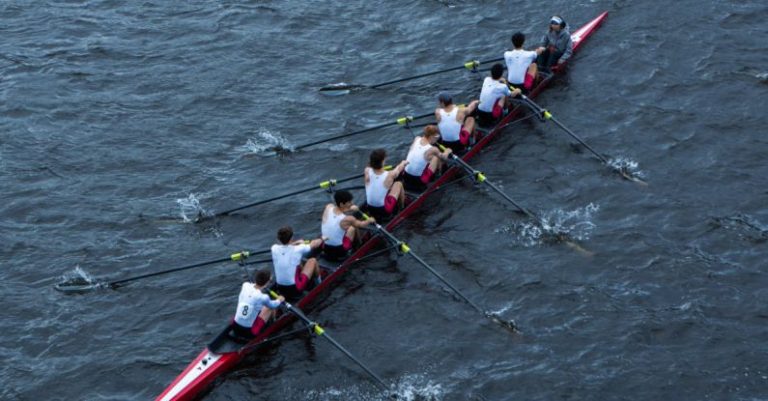
A fundamental aspect of rowing that often goes overlooked is the significance of posture in achieving optimal efficiency and performance on the water. Rowing is a sport that demands a harmonious coordination of various muscle groups and body mechanics to propel the boat forward with power and precision. Posture not only influences the ability to generate force but also plays a crucial role in preventing injuries and enhancing overall rowing technique. Understanding the impact of posture on rowing efficiency is essential for rowers of all levels looking to improve their performance and maximize their potential on the water.
**The Foundation of Proper Posture**
The foundation of effective rowing posture lies in maintaining a strong and stable core. The core muscles, including the abdominals, obliques, and lower back, serve as the powerhouse that connects the upper and lower body movements during the rowing stroke. Engaging the core muscles not only provides stability and support but also helps transfer energy efficiently from the legs through the torso and into the arms, resulting in a powerful and fluid stroke.
**The Role of Spinal Alignment**
Proper spinal alignment is another key component of good rowing posture. The spine should be in a neutral position, with the natural curves of the cervical, thoracic, and lumbar spine maintained throughout the rowing stroke. A rounded or excessively arched back can lead to inefficiencies in power transfer and increase the risk of back injuries. By keeping the spine aligned, rowers can optimize their body mechanics and generate more effective strokes with less strain on the back.
**The Importance of Shoulder Position**
The position of the shoulders also plays a critical role in rowing efficiency. The shoulders should be relaxed and slightly forward at the catch, allowing for a smooth entry of the oar into the water. As the stroke progresses, the shoulders should remain level and stable, avoiding any unnecessary tension or elevation that can hinder proper rotation and engagement of the back muscles. Maintaining proper shoulder position throughout the stroke helps optimize the leverage and power generated by the upper body, contributing to a more efficient and effective rowing motion.
**Achieving Balance and Symmetry**
Achieving balance and symmetry in rowing posture is essential for maximizing efficiency and minimizing the risk of injury. Imbalances in muscle strength or flexibility can lead to compensatory movements that disrupt the fluidity of the rowing stroke and place undue stress on certain areas of the body. By addressing and correcting these imbalances through targeted exercises and stretches, rowers can improve their posture and enhance their overall performance on the water.
**Enhancing Technique Through Postural Awareness**
Developing a heightened sense of postural awareness is crucial for refining rowing technique and optimizing efficiency. By paying attention to their posture throughout the stroke, rowers can identify areas of improvement and make adjustments to enhance their performance. Regular practice and feedback from coaches can help reinforce proper posture habits and instill a greater understanding of how posture influences rowing mechanics.
**Maximizing Efficiency Through Postural Discipline**
Ultimately, the discipline to maintain proper posture is a key factor in maximizing rowing efficiency. Consistently practicing good posture habits both on and off the water can lead to significant improvements in performance and overall rowing technique. By prioritizing posture as a foundational element of their training regimen, rowers can unlock their full potential and achieve greater success in their pursuit of excellence on the water.
**In Summary**
In conclusion, the role of posture in rowing efficiency cannot be overstated. Proper posture serves as the foundation for generating power, preventing injuries, and enhancing overall rowing technique. By focusing on core strength, spinal alignment, shoulder position, balance, symmetry, and postural awareness, rowers can optimize their performance and reach new levels of success on the water. Through disciplined practice and a commitment to maintaining good posture, rowers can harness the full potential of their physical abilities and achieve peak efficiency in their rowing endeavors.





